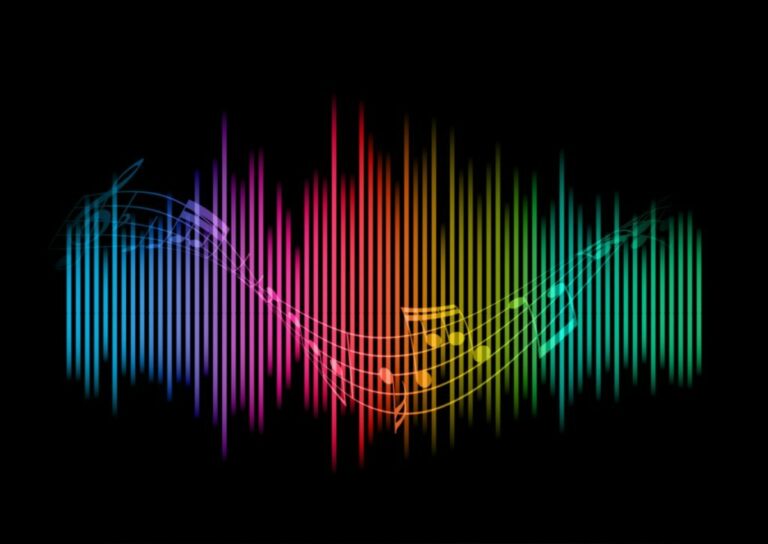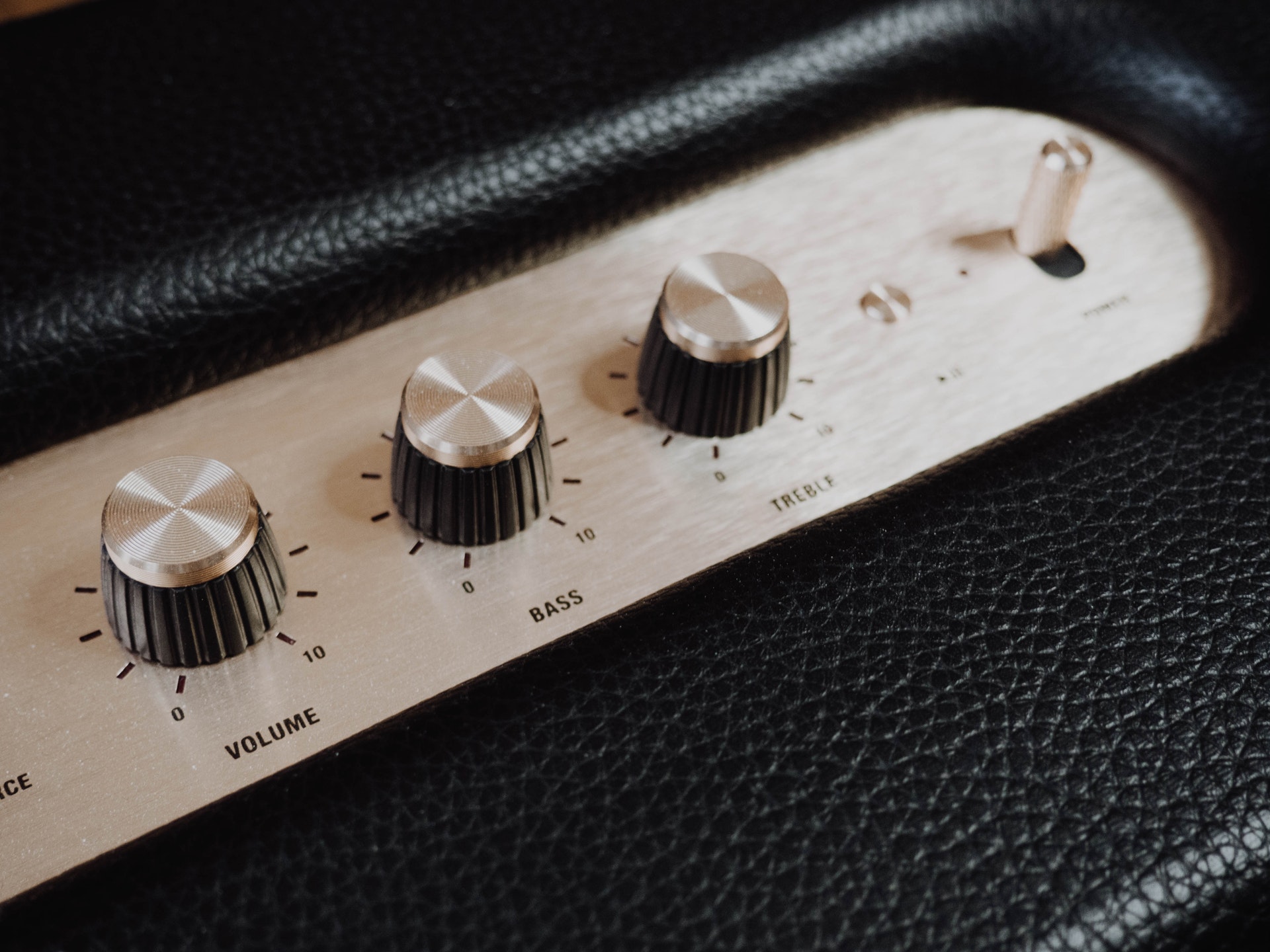Plugging a Bass into a Guitar Amp
The bass guitar is a crucial instrument that lays the rhythmic foundation of a song. It is not surprising that many people gravitate toward it. However, an electric bass is nearly silent without an amp.
Bass amps can be costly. What if you already own a guitar amp? Is plugging a bass into a guitar amp a good idea?
There are many conflicting opinions regarding this matter, but the bottom line is that you can plug a bass into a guitar amplifier without immediately damaging it. However, guitar amps are not designed to handle very low frequencies. Thus, tone quality will be compromised.
Nevertheless, continually using a guitar amp for your bass could potentially shorten the amp’s lifespan. We’ll discuss the risks and the preventative measures you can take to minimize damages. Read on to learn about the pros, cons, and considerations of using a guitar amp for your bass.
Differences Between Bass Amps and Guitar Amps
In terms of appearance, guitar amps and bass amps are nearly identical. But the same cannot be said for their inner workings.
The main differences between their electronic qualities pertain to speaker size, power output, frequency range, and effects.
Frequency Ranges
Fundamentally, bass and guitar amplifiers work the same. Both types increase the output of electrical signals they receive through an instrument cable.
The frequency range that can be amplified differs between the two. The guitar amplifier has a higher range as guitars produce sounds that have higher frequencies, and so they can amplify frequencies ranging from 70 Hz to 6 kHz.
Meanwhile, bass amps excel in amplifying frequencies between 40 Hz and 400 Hz. This helps the amplifier to properly amplify the highest bass notes and the low rumble of an open E string.
Speaker Size and Power Output
There is a strong correlation between the size and power of an amp speaker. Guitar amplifiers have thinner, more “delicate” speakers compared to those of bass amplifiers. This is because the higher frequencies of guitars do not require as much power to be made audible.
More specifically, standard bass speaker cabinets usually have speakers ranging from 10– 15 inches in diameter whereas guitar speaker cabinets range from 6-12 inches.
On the other hand, the low and mid-range frequencies of the bass are harder for humans to hear. Thus, bass amps feature larger, higher-wattage speakers to define and emphasize bass notes as clearly as possible.
The large speakers of a bass amp cabinet also move more air which is why you will feel the air around you move during a live bass performance. Understandably, this takes significant energy.
Simply put, guitar amps just don’t have enough power to properly handle really low notes.
So while you can plug a bass into a guitar amp and it’ll be functional, you won’t get the boominess of a bass amp. Of course, that boominess is part of the fun.
Added Effects
What are added effects?
Effects are the features on the amplifier that help improve and create a wider range of possibilities. The most common effects you’ll see built into an amp include reverb, gain, chorus, and many more.
Guitar amplifiers have more features as it is common for guitarists to utilize them while playing. Thus, guitar amps have more knobs and dials to adjust effects settings.
On the other hand, bass amplifiers tend to be more minimalistic. You may see a reverb dial in addition to the standard bass, mid-tone, treble, and volume controls.
Why do guitar amps get all the love?
Guitars are more likely to be lead instruments. Effects such as gain add character to guitar solos and complement a variety of genres, from twangy country to dirty heavy metal tones. On the other hand, Bass guitars tend to stay in the background. Too many effects will detract from frontline instruments.
Risks of Plugging a Bass into a Guitar Amp
As we’ve discussed, both the guitar amp and the bass amp are fine-tuned to their respective instruments. Amp brands like Fender, Orange, and others do not design guitar amps to accommodate basses — doing so would necessitate cutting corners and make them less-than-stellar for guitars.
The reverse is also true.
But other than imperfect tones, what are the risks of plugging a bass into an electric guitar amp?
While unlikely, a bass guitar’s low frequencies create some risk for the guitar amplifier and could lead to detrimental situations.
Rattling
If you’ve been stopped at a traffic light next to someone blasting bass-heavy rap with a subpar sound system, you know what speaker rattling sounds like.
Rattling occurs when low notes are fed into an undersized speaker cabinet. Bass notes require greater speaker movement, which can cause them to strike the cabinet housing (called bottoming out). Over time, this can damage an amp’s structural integrity.
Fortunately, rattling doesn’t mean the amp is damaged. The amp is working as intended if you only hear it when playing extraordinarily low notes. However, you might not be using it as intended.
If this sounds familiar, the best idea is to unplug and get a bass amp as soon as you can. Otherwise, your guitar amp may fail sooner than you’d like. When rattling persists with higher guitar notes, you’ll need to repair or replace your amp speaker (which isn’t cheap).
Explosions
The more power an amp speaker uses, the higher the risk of an explosion rises. This doesn’t mean you’ll turn your amp into a block of TNT, but you can certainly blow a fuse. This is especially true with tube amps.
So while this is unlikely (viewer discretion advised):
Being out several hundred bucks due to a catastrophic internal failure is a possibility. Avoid turning the volume up completely to minimize the risks.
Speaking of risks…
When are you safe?
Even though there are risks to using a bass with a guitar amplifier, you can easily be safe from these risks and continue to use both the bass and the guitar amplifier without any worries.
There are two primary methods to ensuring your safety:
Playing the Bass at Low Volumes and Higher Frequencies
An easy way to prevent any harm to your equipment is by being aware of the volume and frequency you play your bass. As long you do not cross any of the limits of the guitar amp, you can use it to play your bass for as long as you like.
Some bass riffs use higher strings. Otherwise, you can practice your favorite bass riffs at higher octaves. Consider starting with the twelfth fret.
Unfortunately, this means drop C bass tuning is probably off-limits.
Using a Solid-State Amp
Most guitar amps nowadays use solid-state technology. If you do own a tube amp, chances are you are well aware of it. Tube amps require frequent maintenance and are significantly costlier than solid-state amps.
There are plenty of upsides to using tube amps. Their pure, organic tones are unrivaled. Unfortunately, they’re much more fragile thanks to their reliance on glass vacuum tubes.
Bass notes can easily shatter those glass tubes and ruin an expensive amp. If you must plug your bass into a guitar amp, make sure it uses solid-state technology.
Preventive Measures to Take
Aside from trying to stay in the safe zone, you can take some preventive measures to prevent equipment damage.
Prevention is always better than the cure.
Here are the most effective methods to prevent the risks associated with playing a bass through a guitar amp.
Making Use of the Volume Controls on Your Bass
By cranking down the volume on your bass, you put less stress on the amp. It’s also a good idea to stick to lower volumes on your guitar amp. This way, you don’t create extensive power demands that your guitar amp isn’t equipped to handle.
Furthermore, consider wearing headphones. You might want to crank the guitar amp all the way up to get the sound you want. Unfortunately, most amp damage occurs at high volumes.
Headphones allow you to bypass the fragile guitar amp speakers. Provided they have good bass capabilities, this is a far better long-term option if you must use your guitar amp.
Using a Compressor Pedal
Compressor pedals are an easy way to prevent any possible risks as it helps you control the input of the signals that you are sending into the guitar amp. It also helps you gain some of the warmth and sustain that you lost in the tone of your bass from using the guitar amp instead of the bass amp.
Conclusion
So long as you avoid tube amps, plugging a bass into a guitar amp is generally safe. In other words, it probably won’t explode.
Nevertheless, using a guitar amp for your bass isn’t the best long-term solution. Bass notes require more powerful speakers and higher wattage to amplify properly. A guitar amp is not designed to excel in such low ranges. Over time, you could damage the amp cabinet, potentially causing unpleasant rattling.
That said, if you find yourself in a bind and a guitar amp is all you’ve got, go ahead. As long as you keep the volume modest, a guitar amp can be a great bass amp in a pinch.








